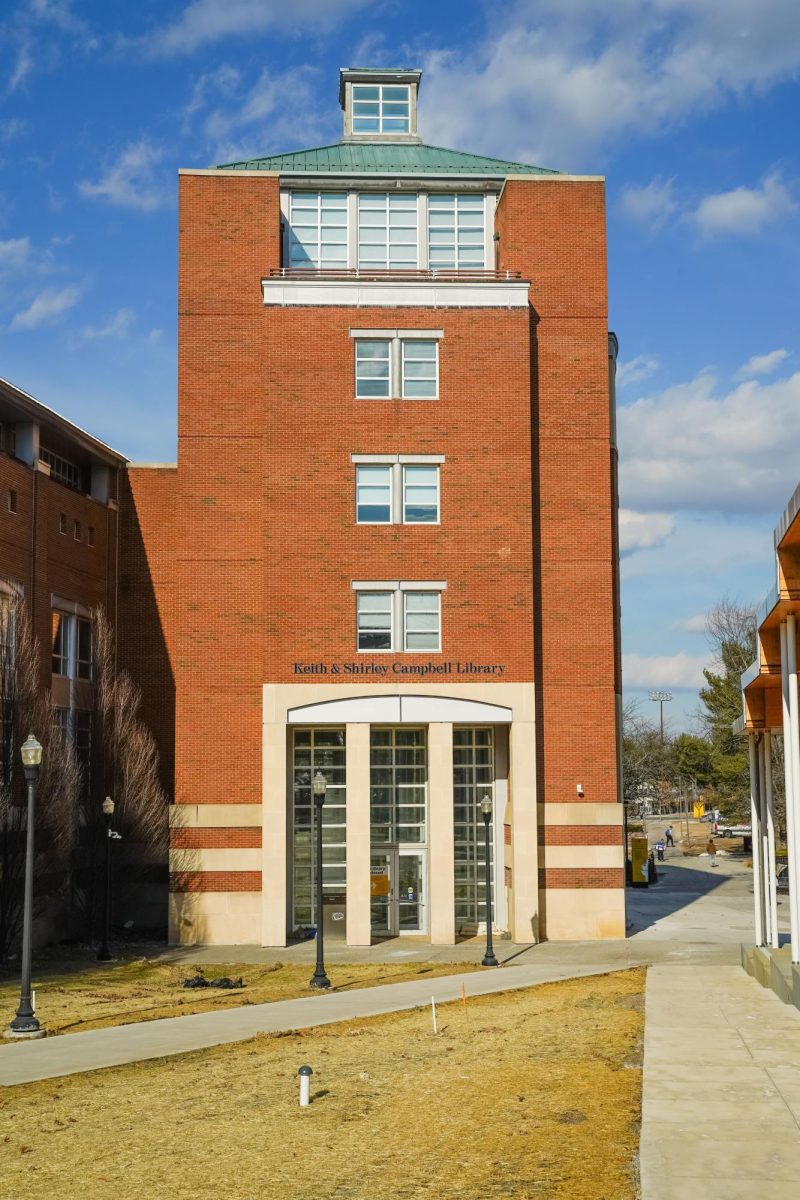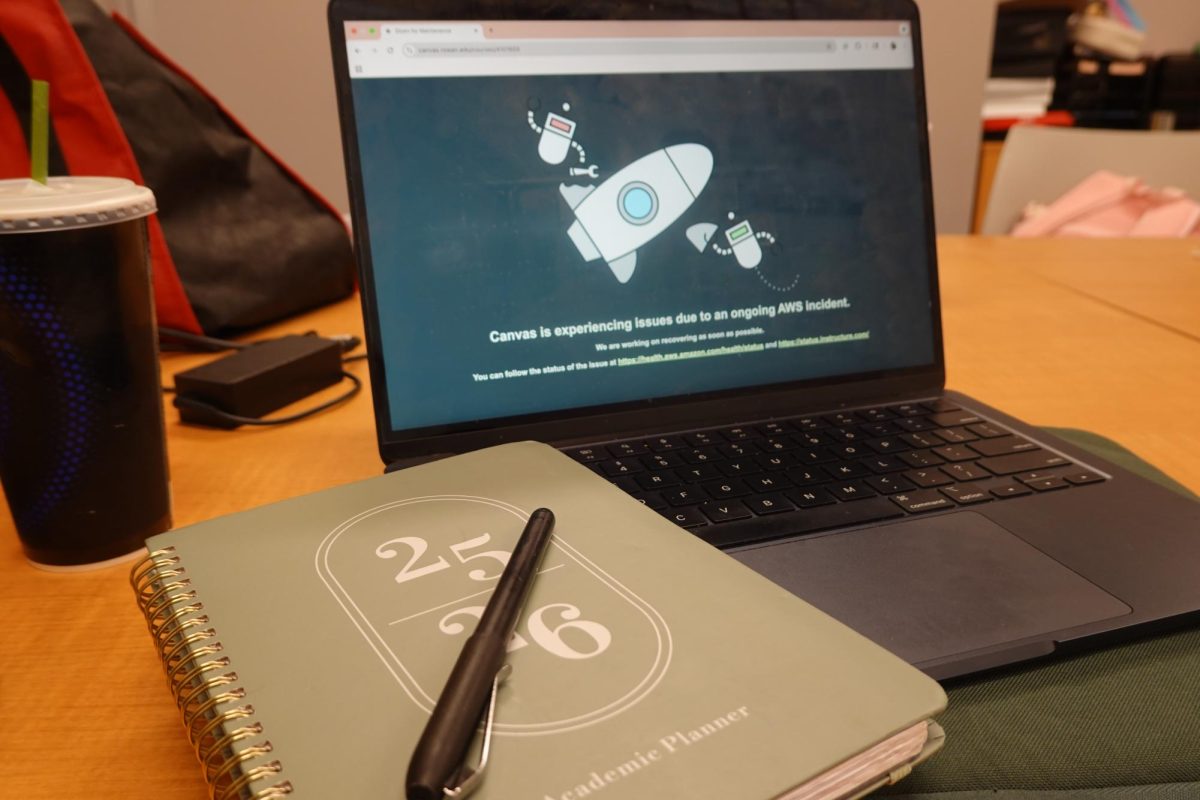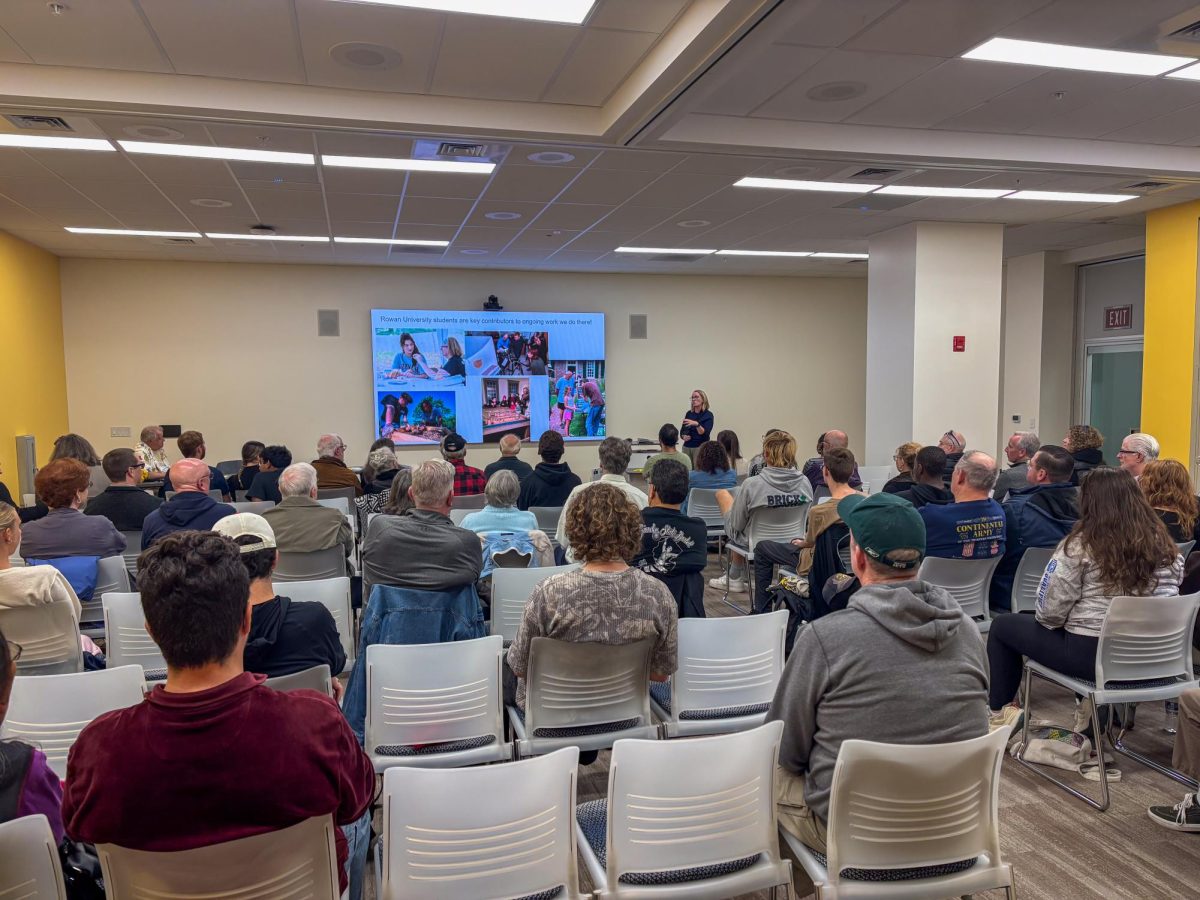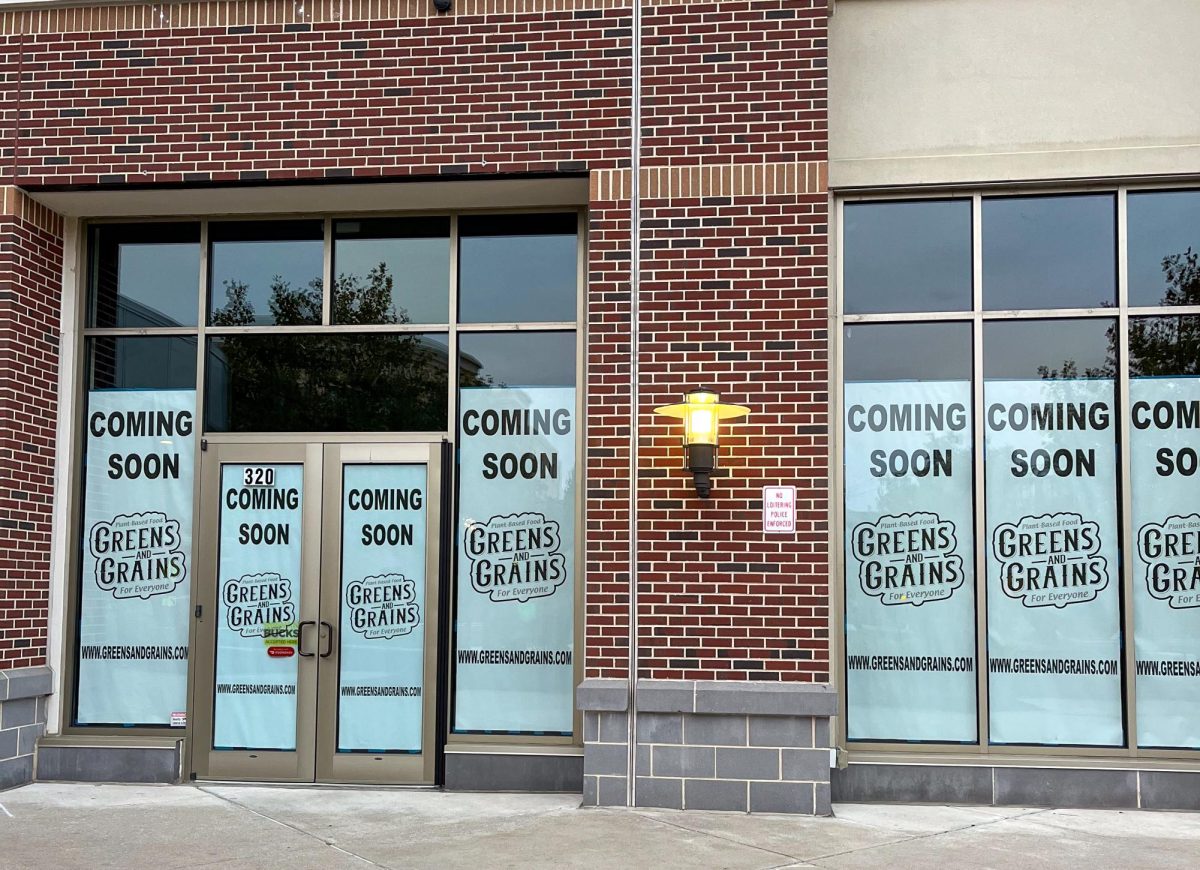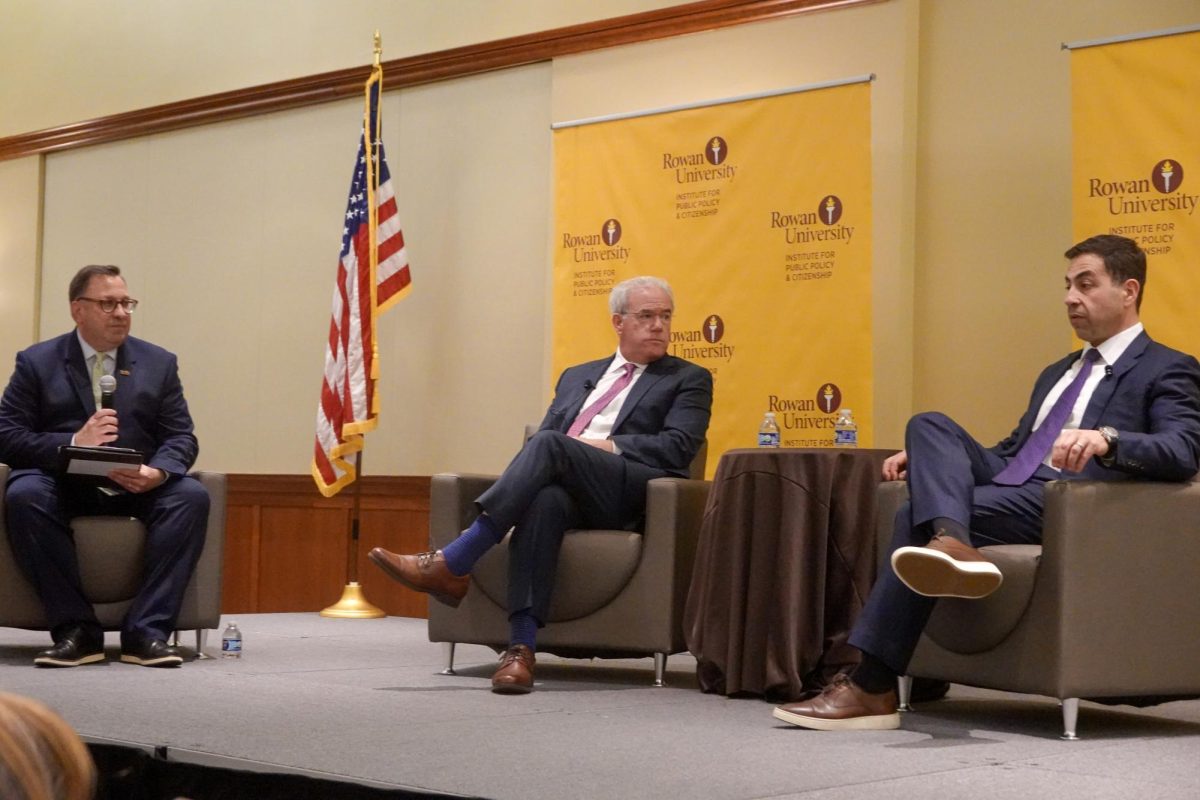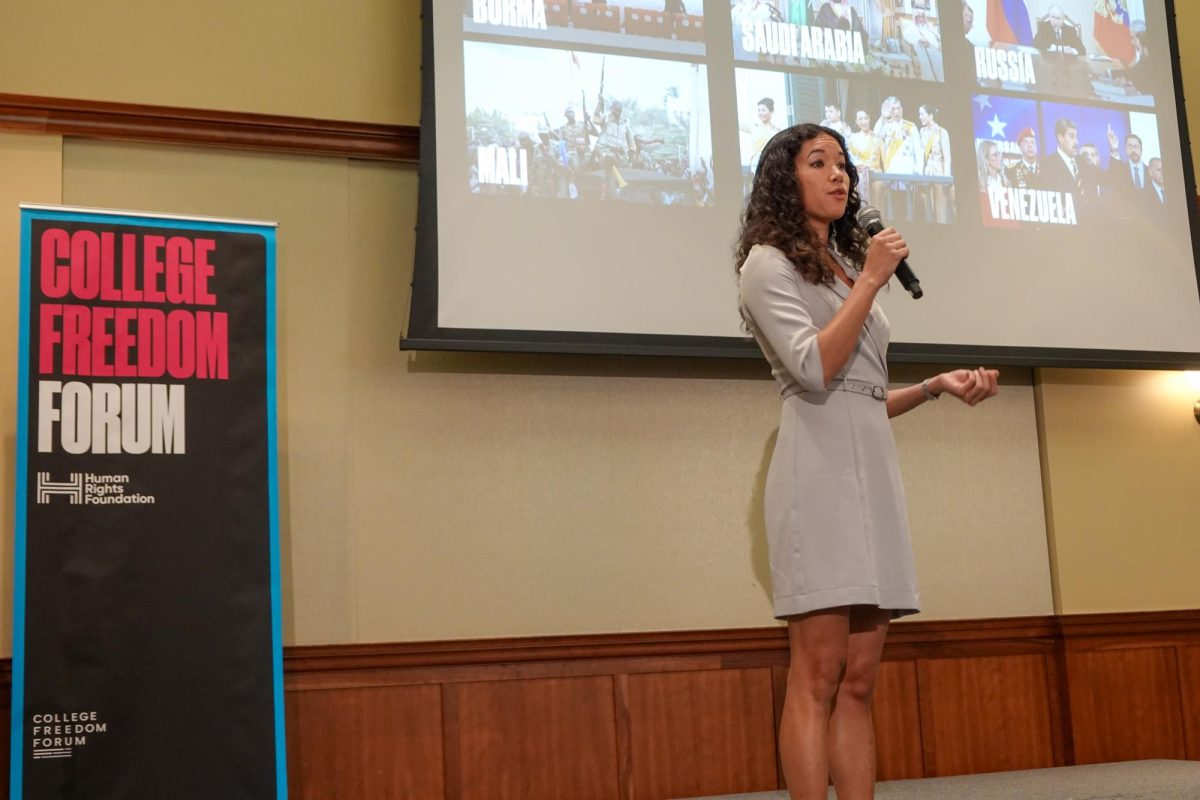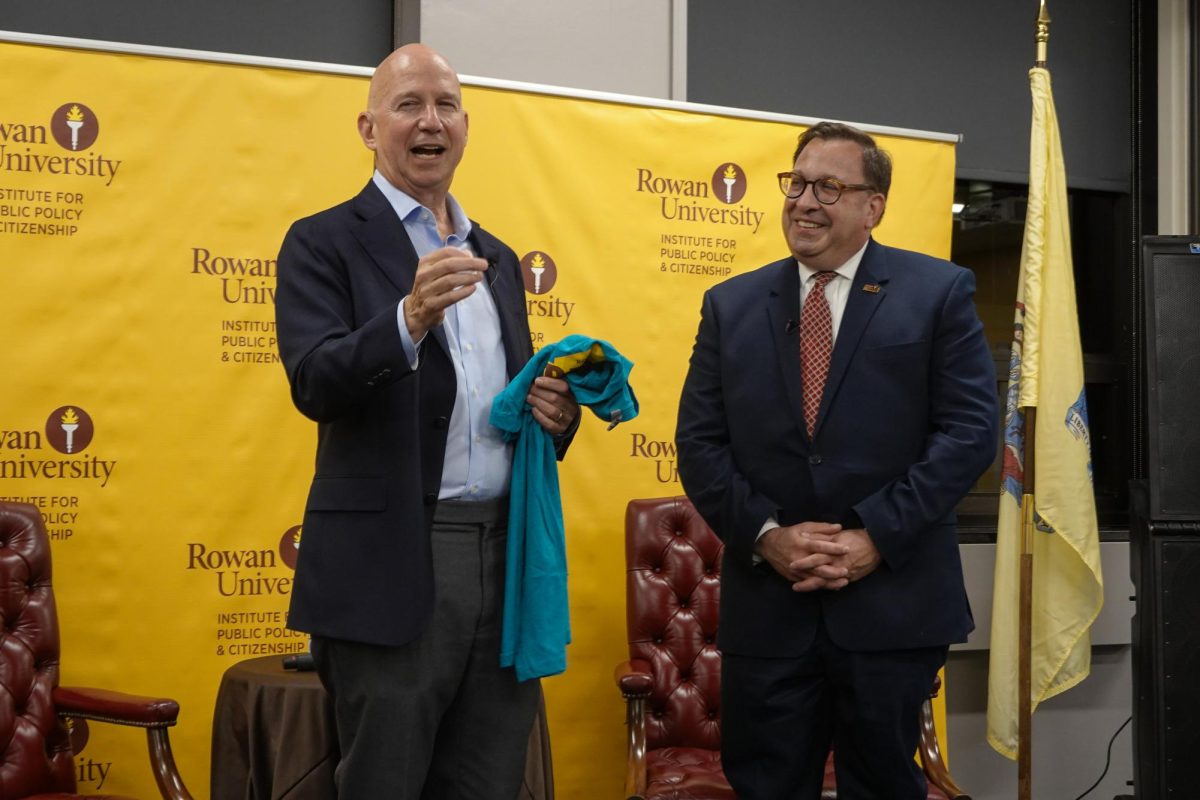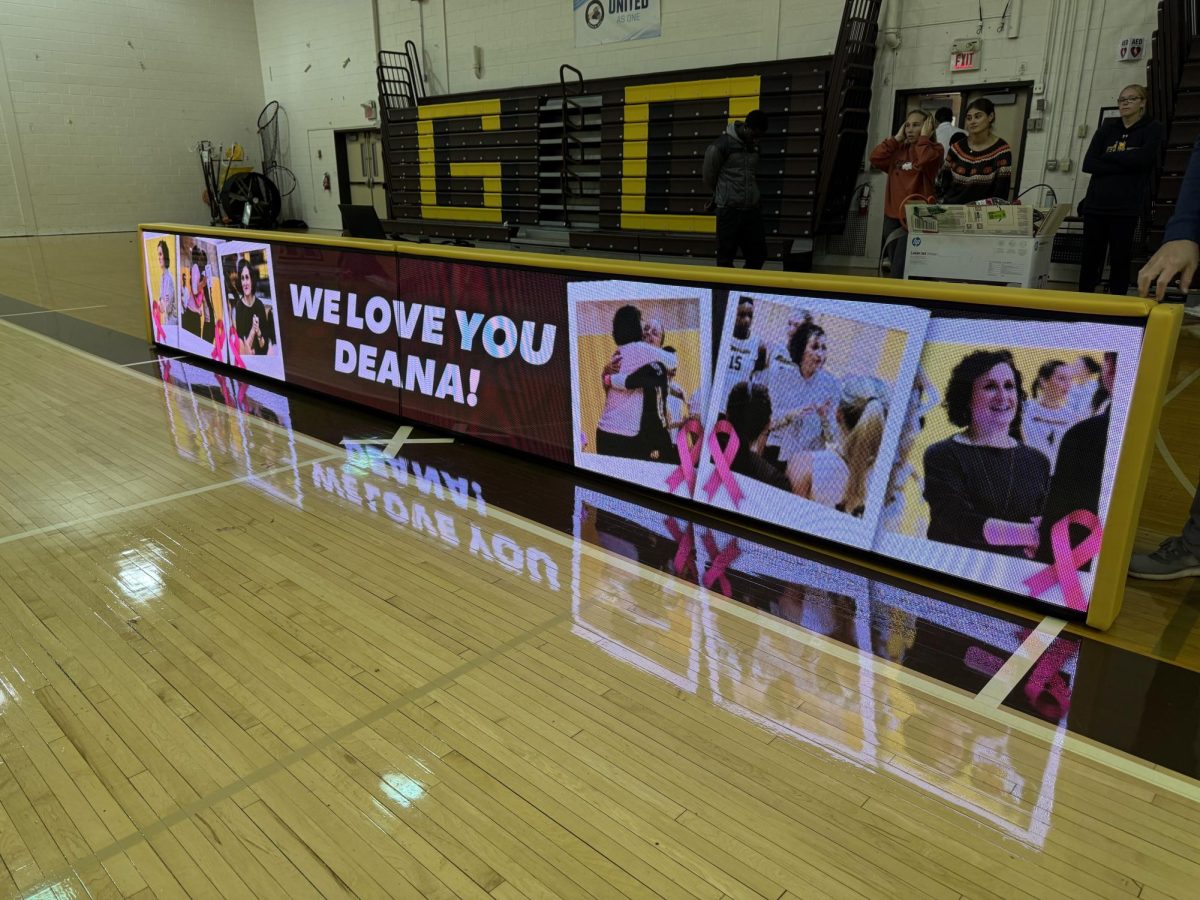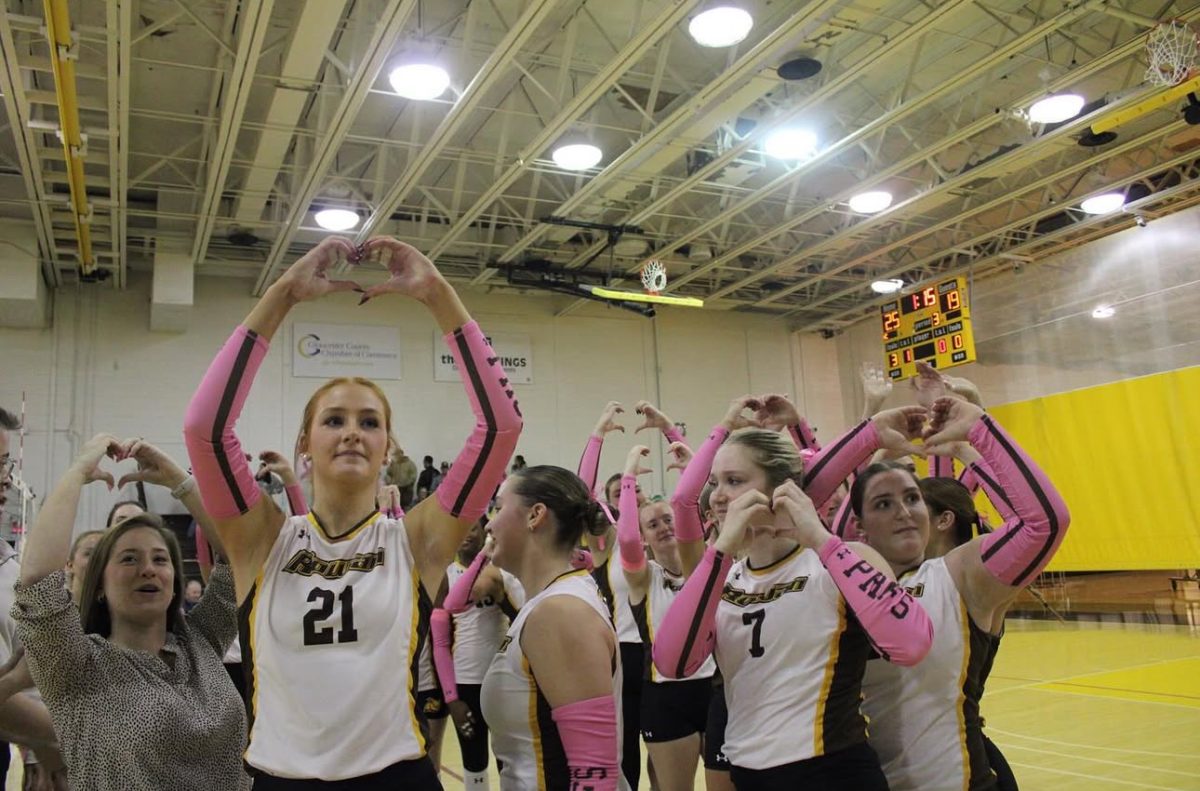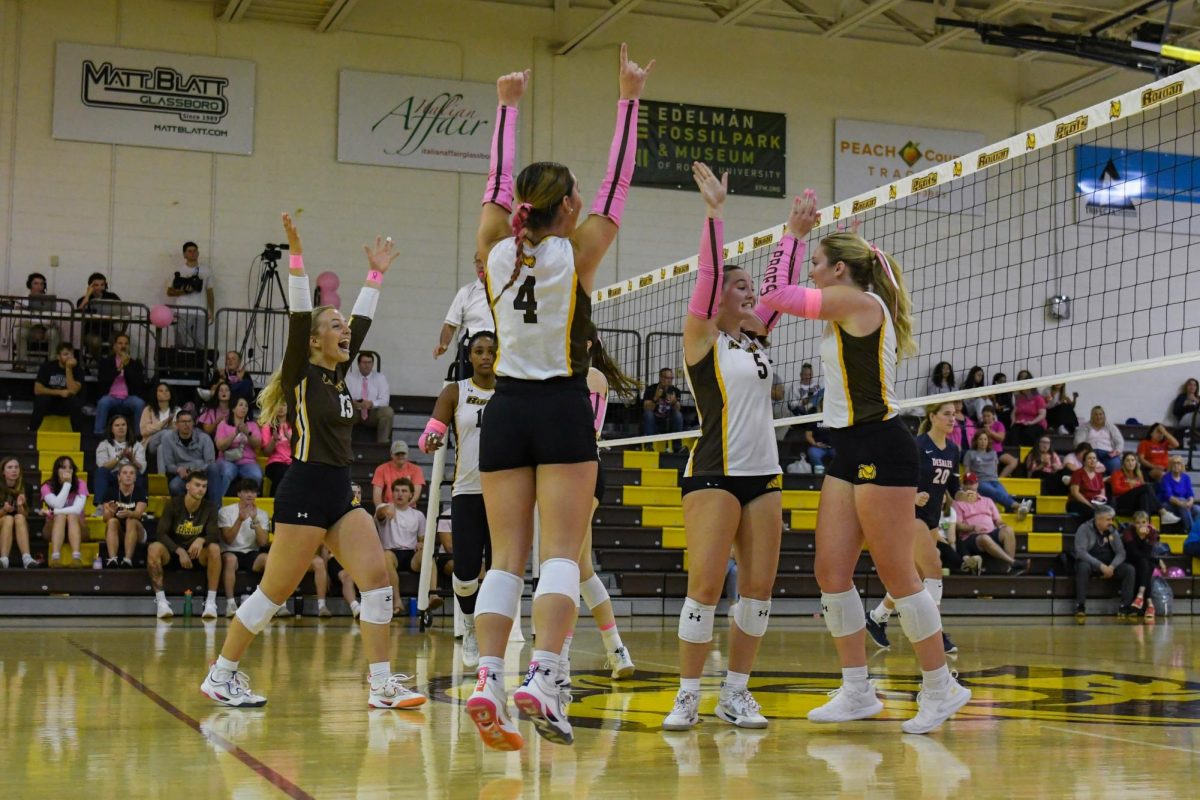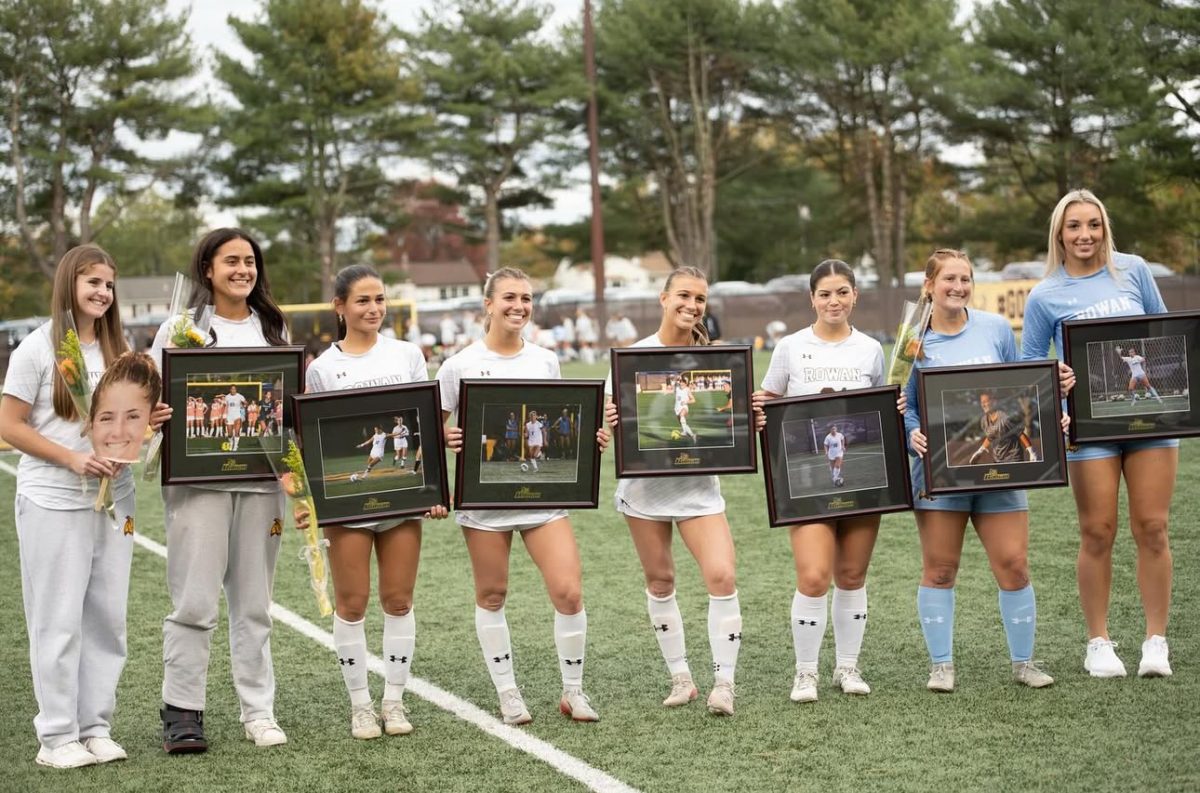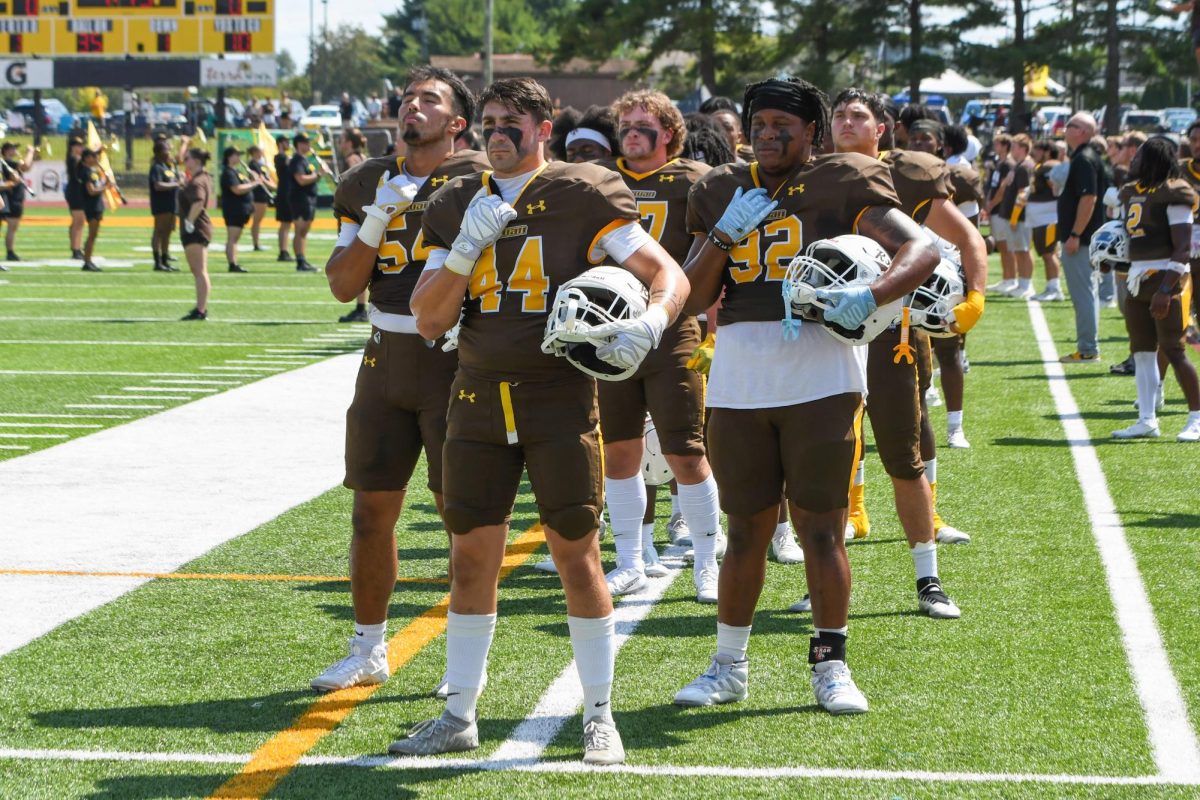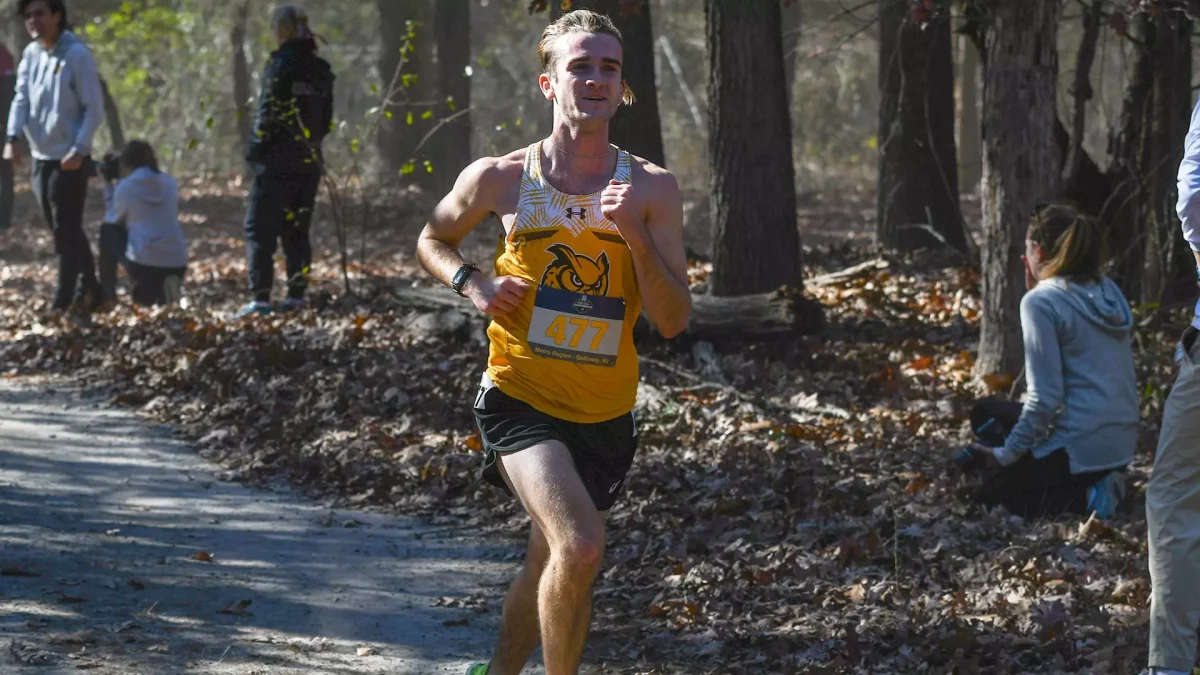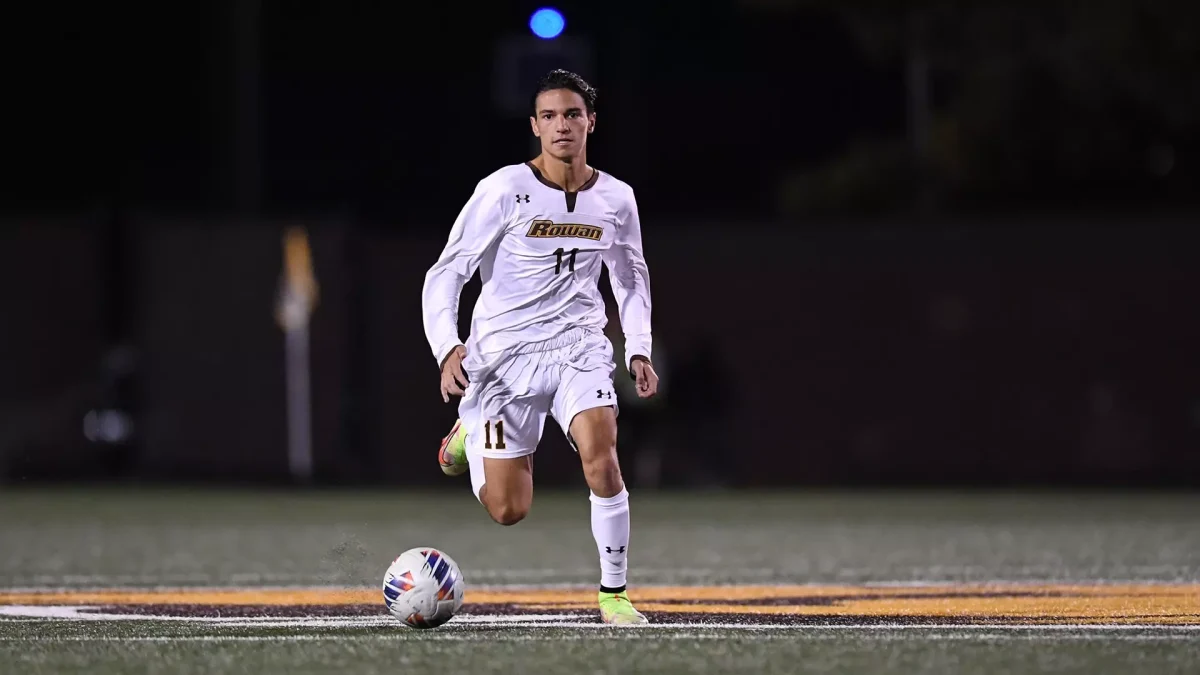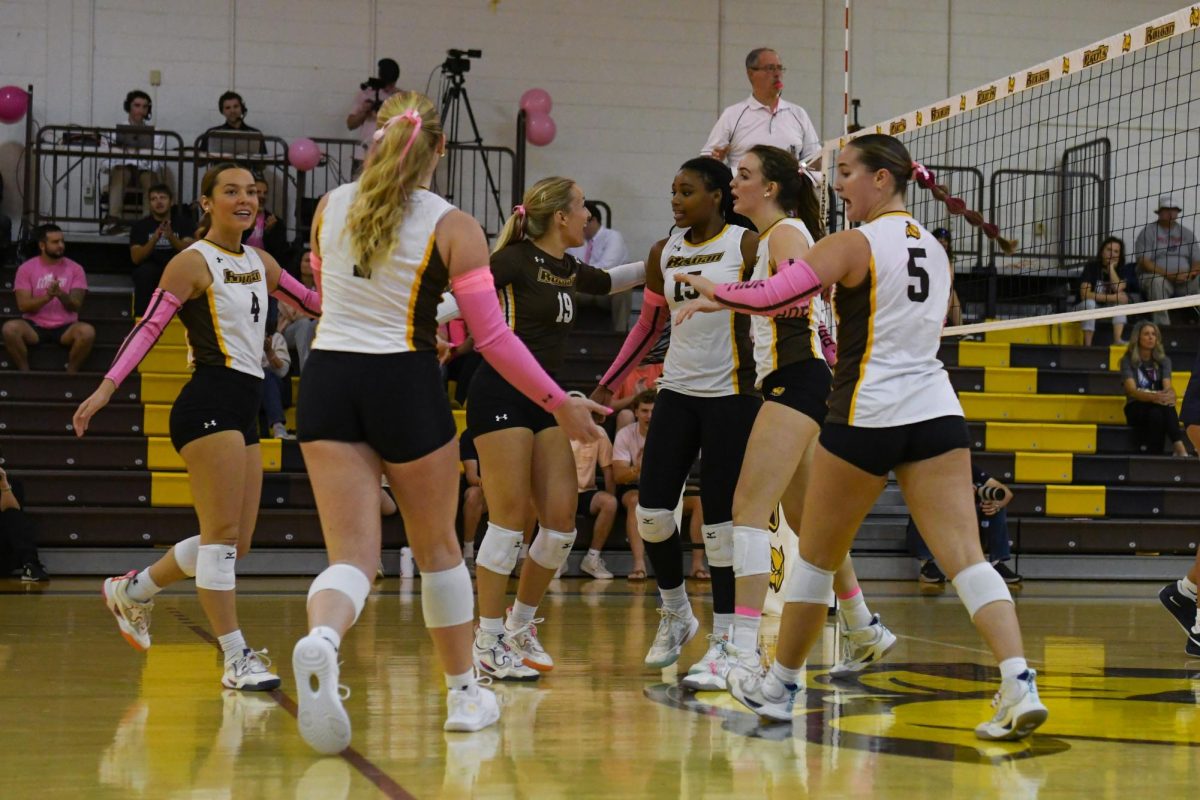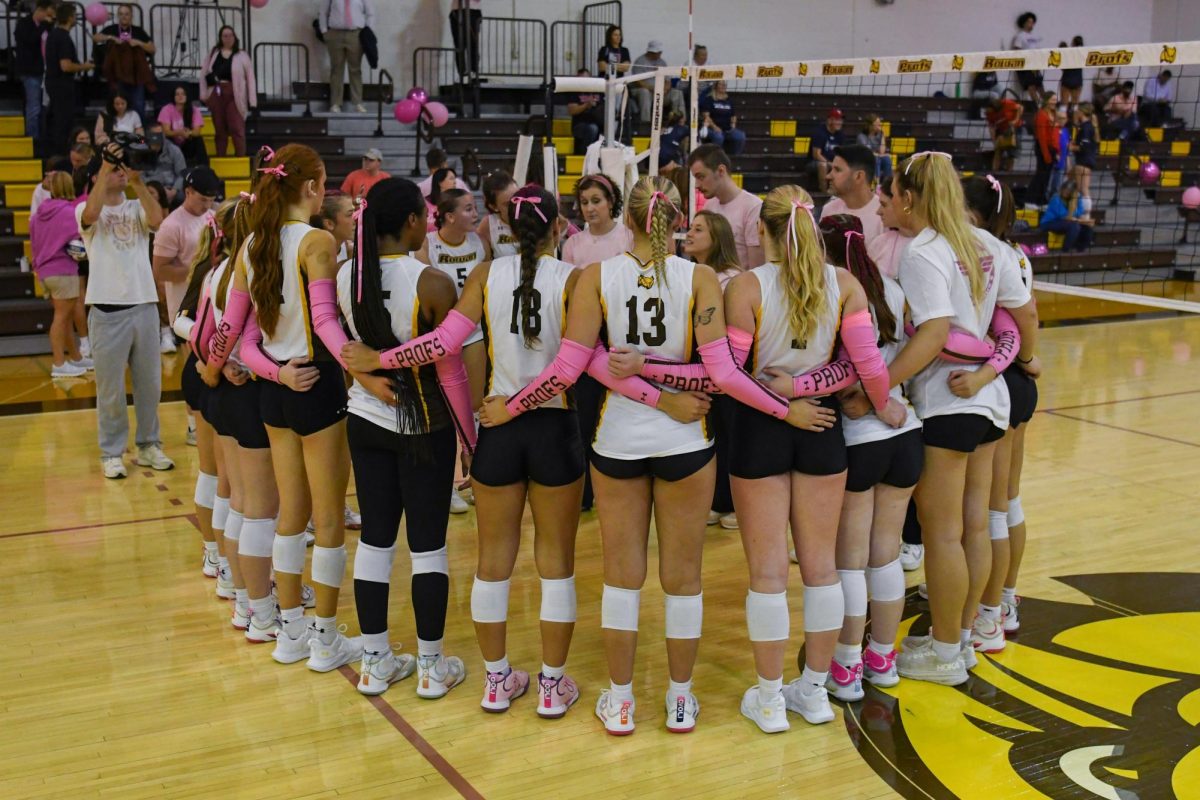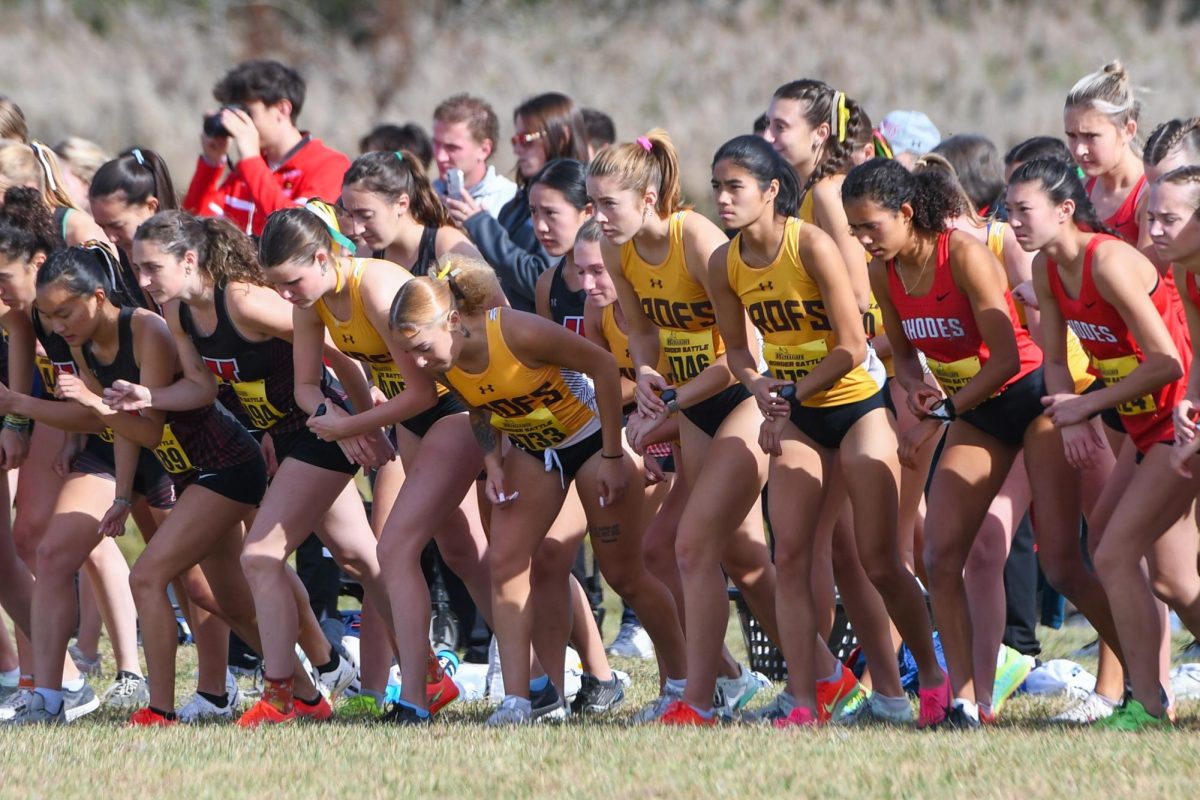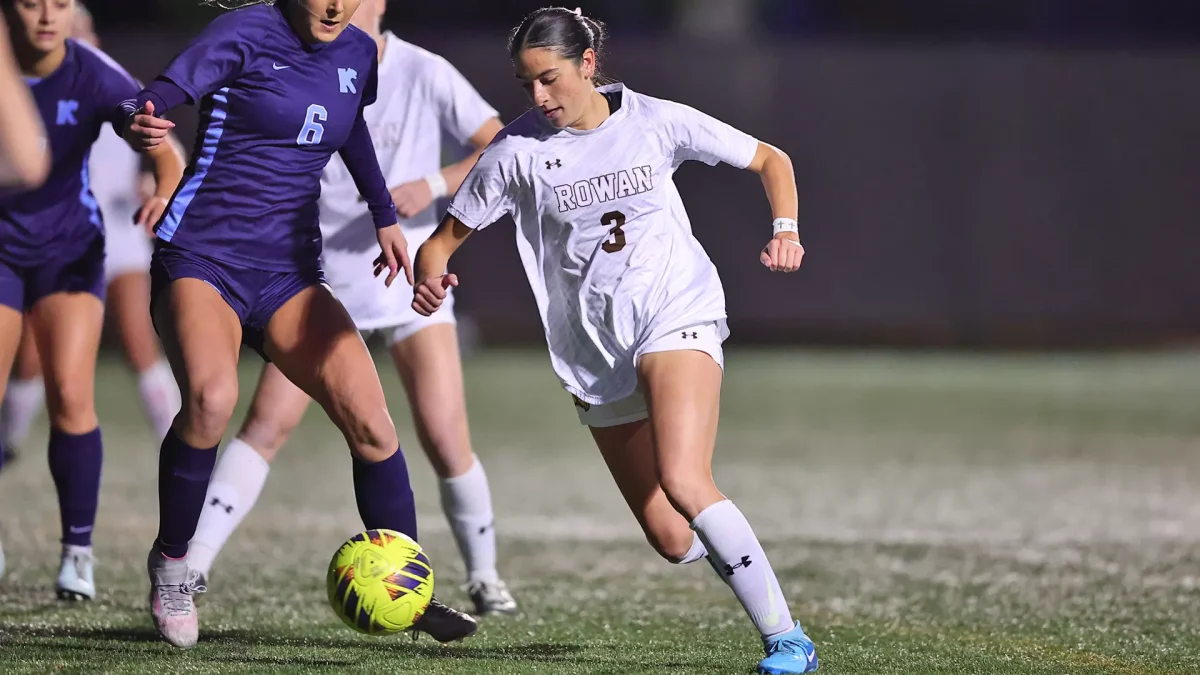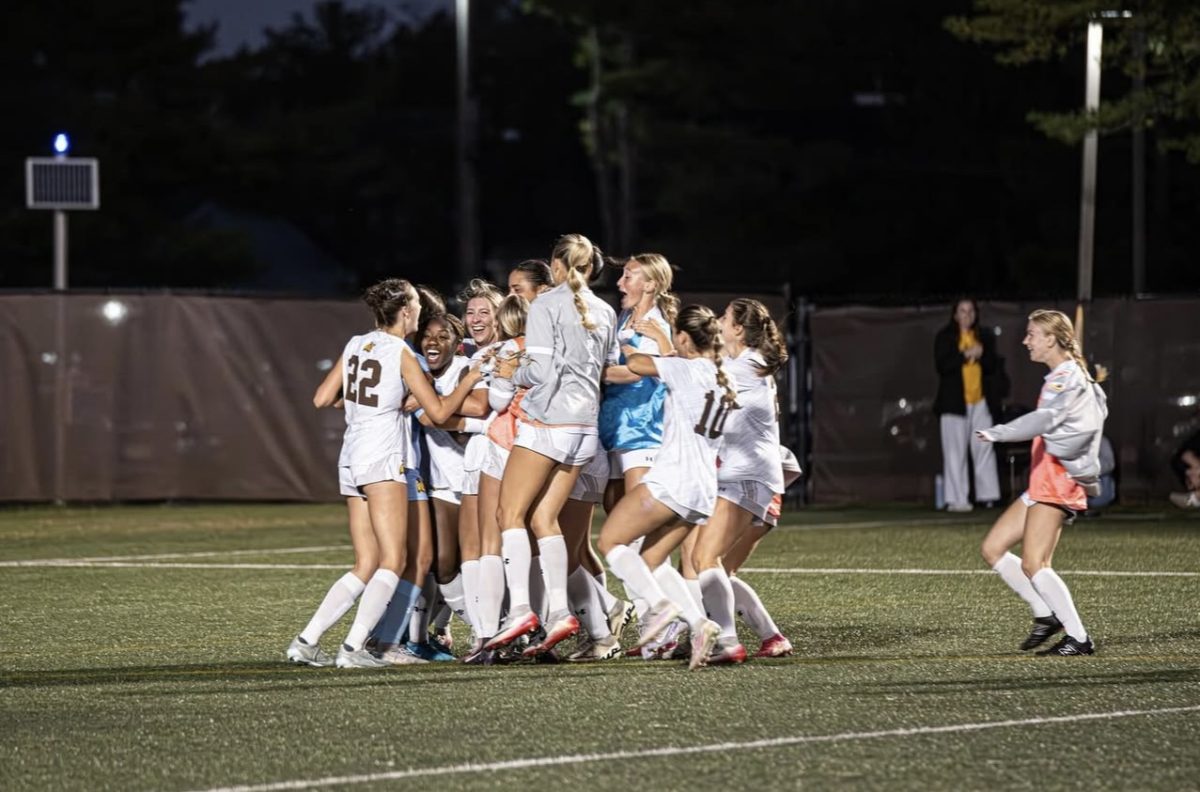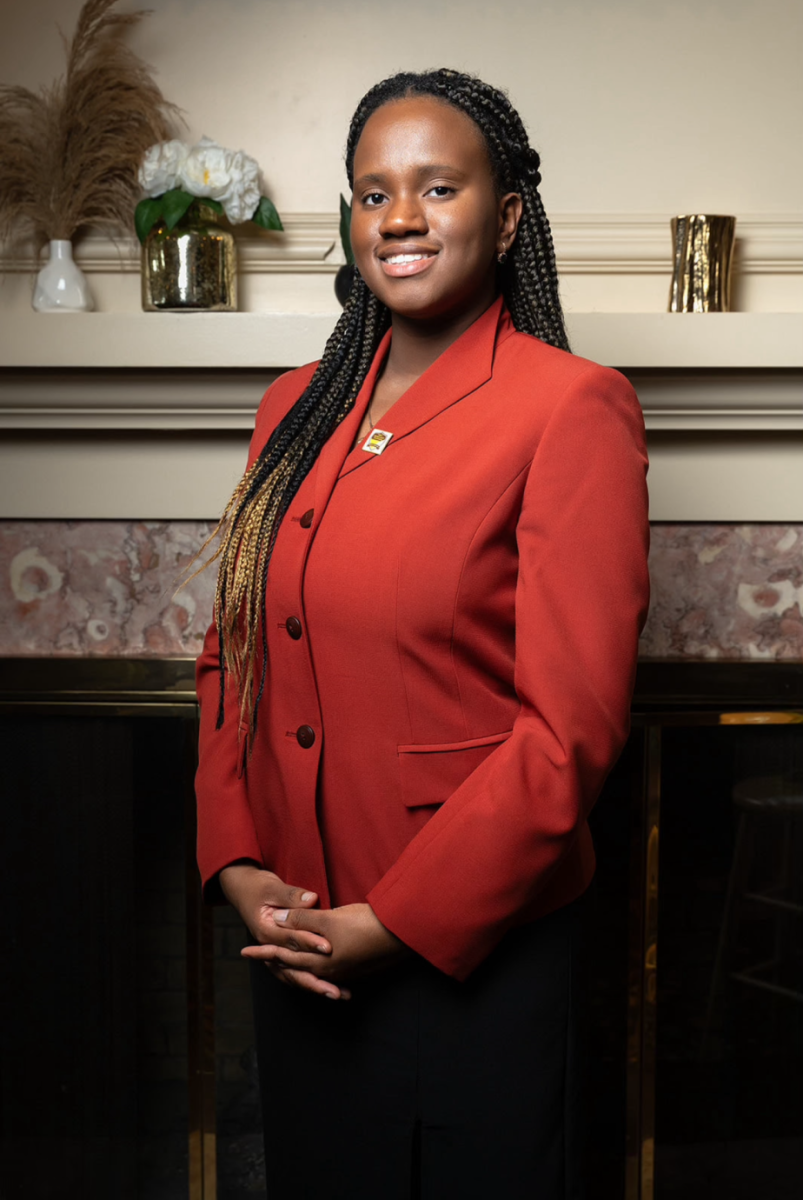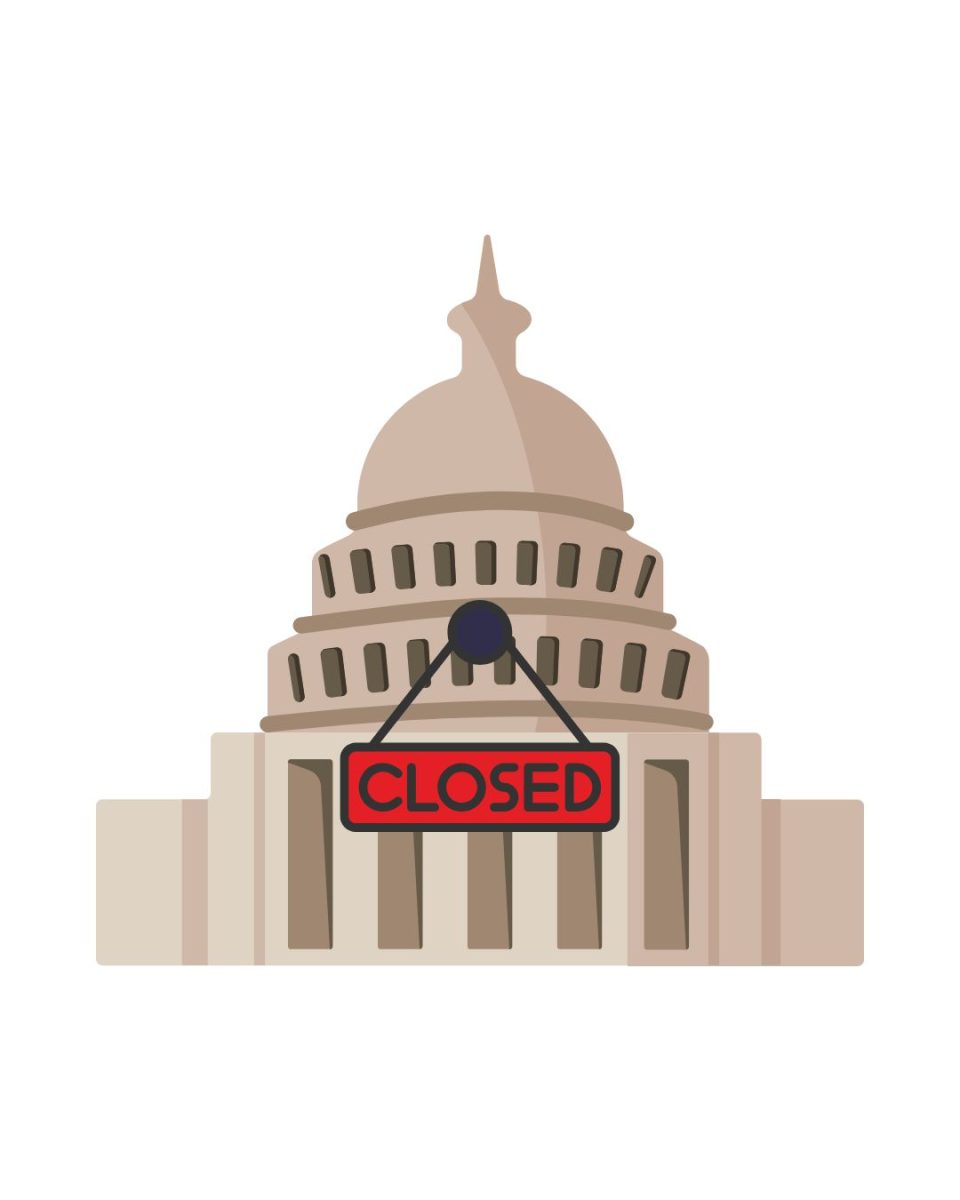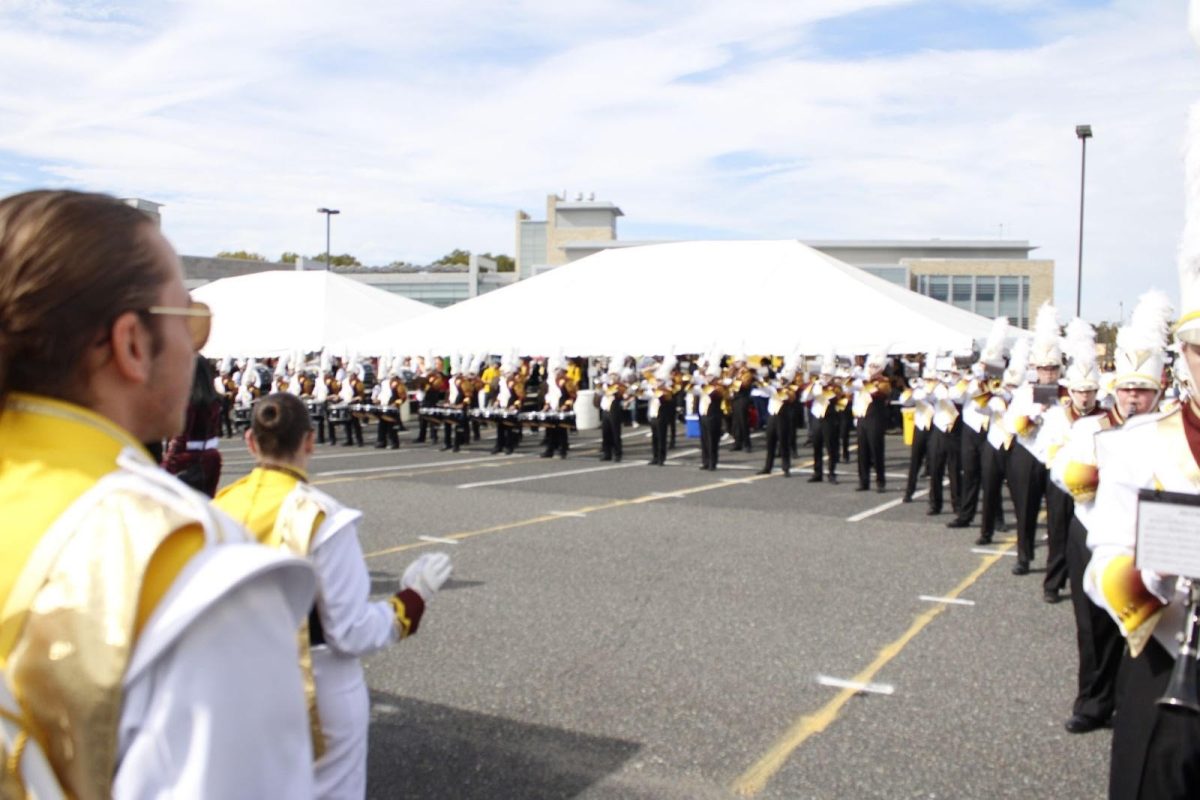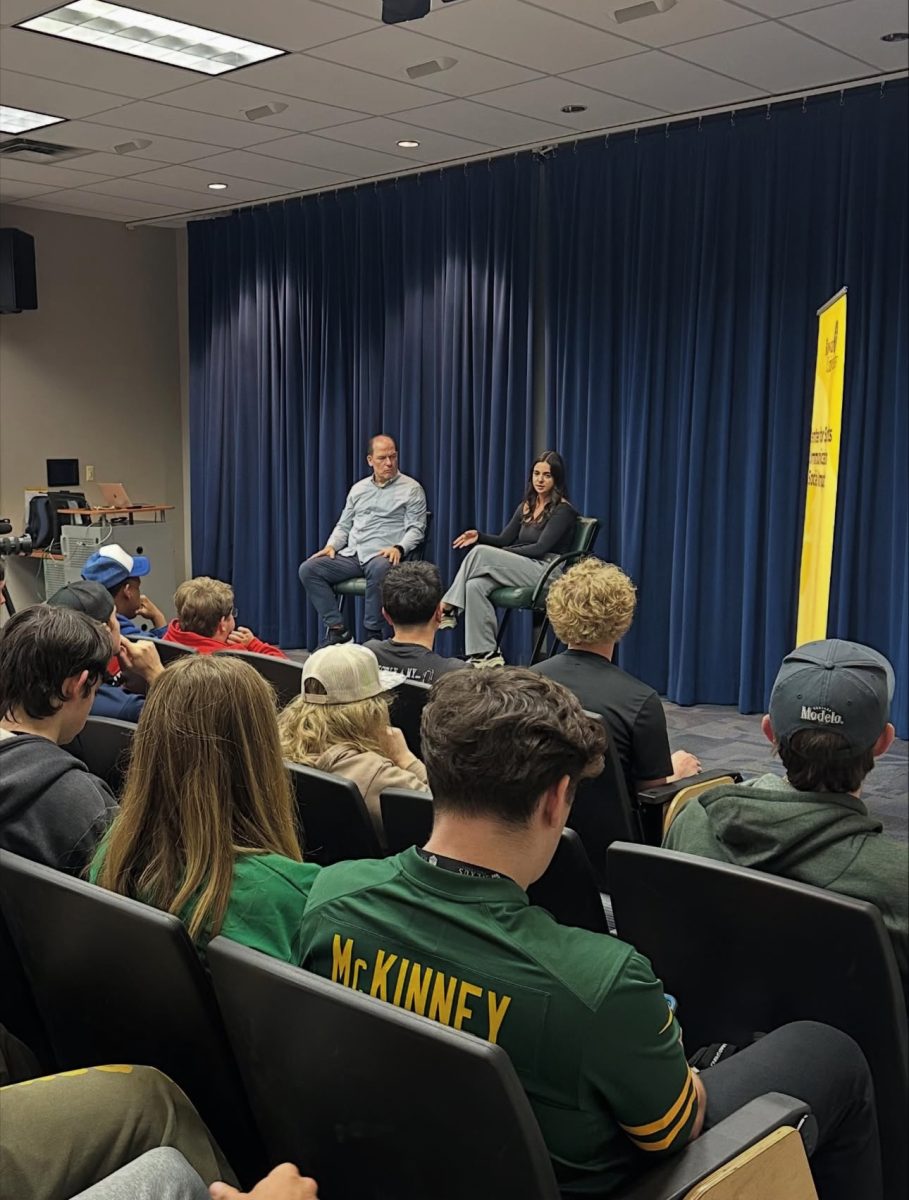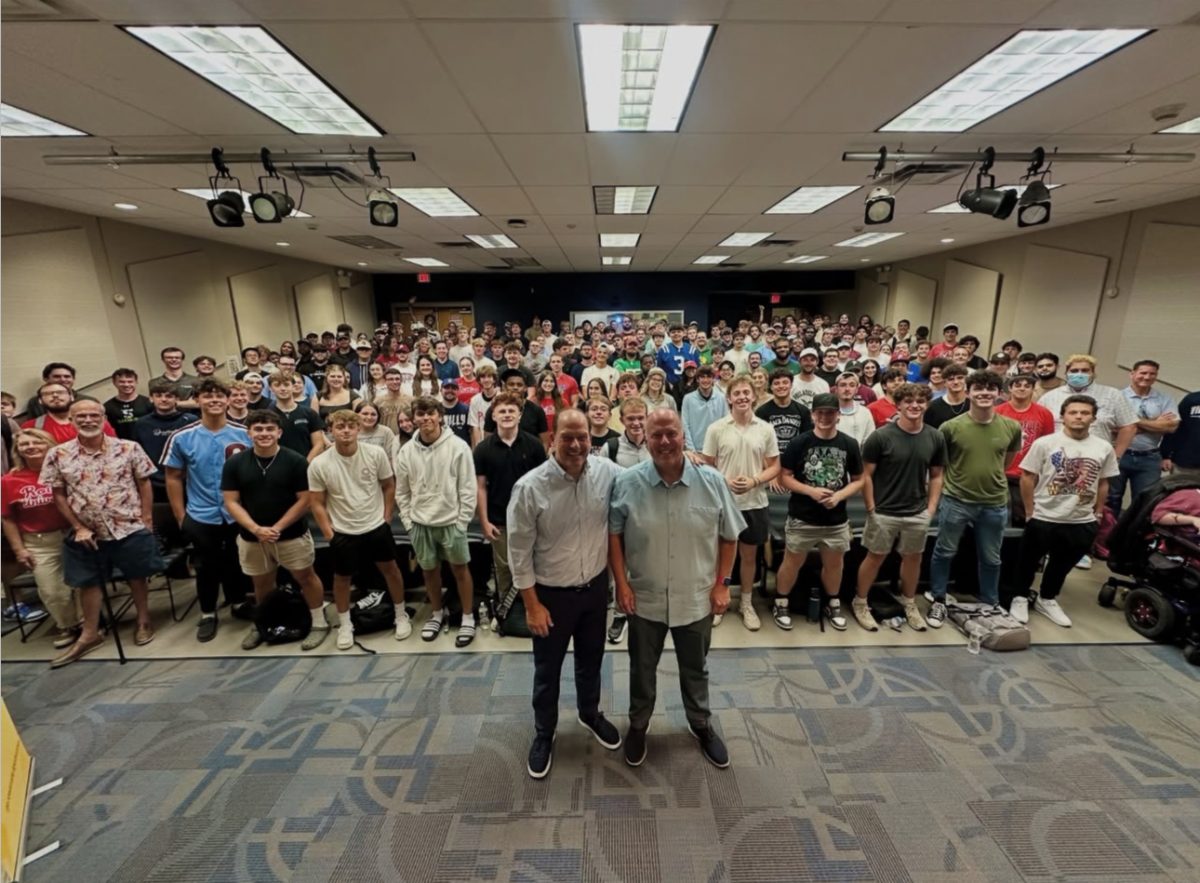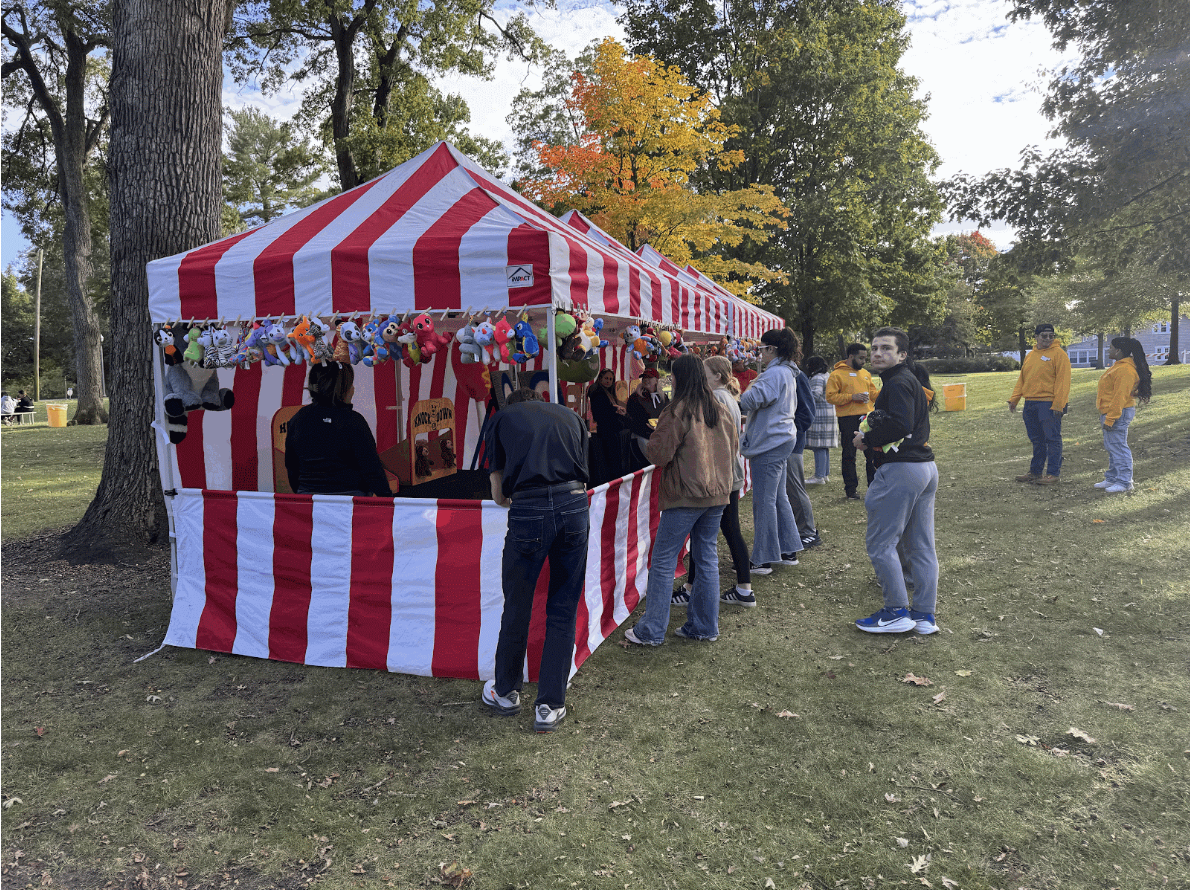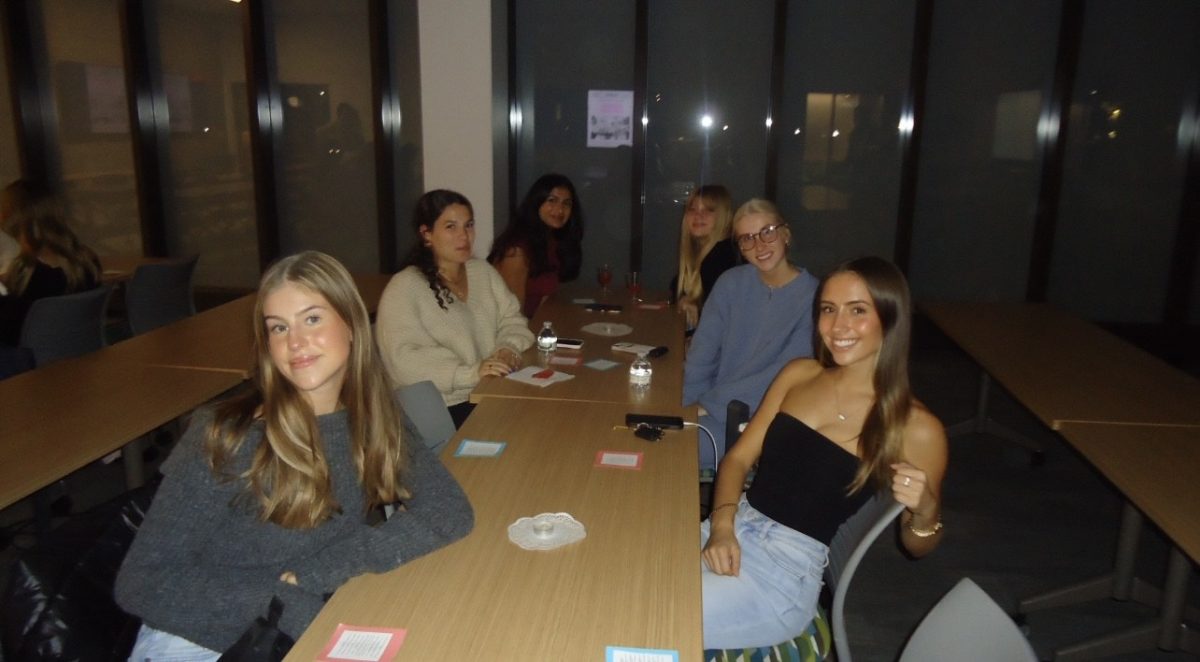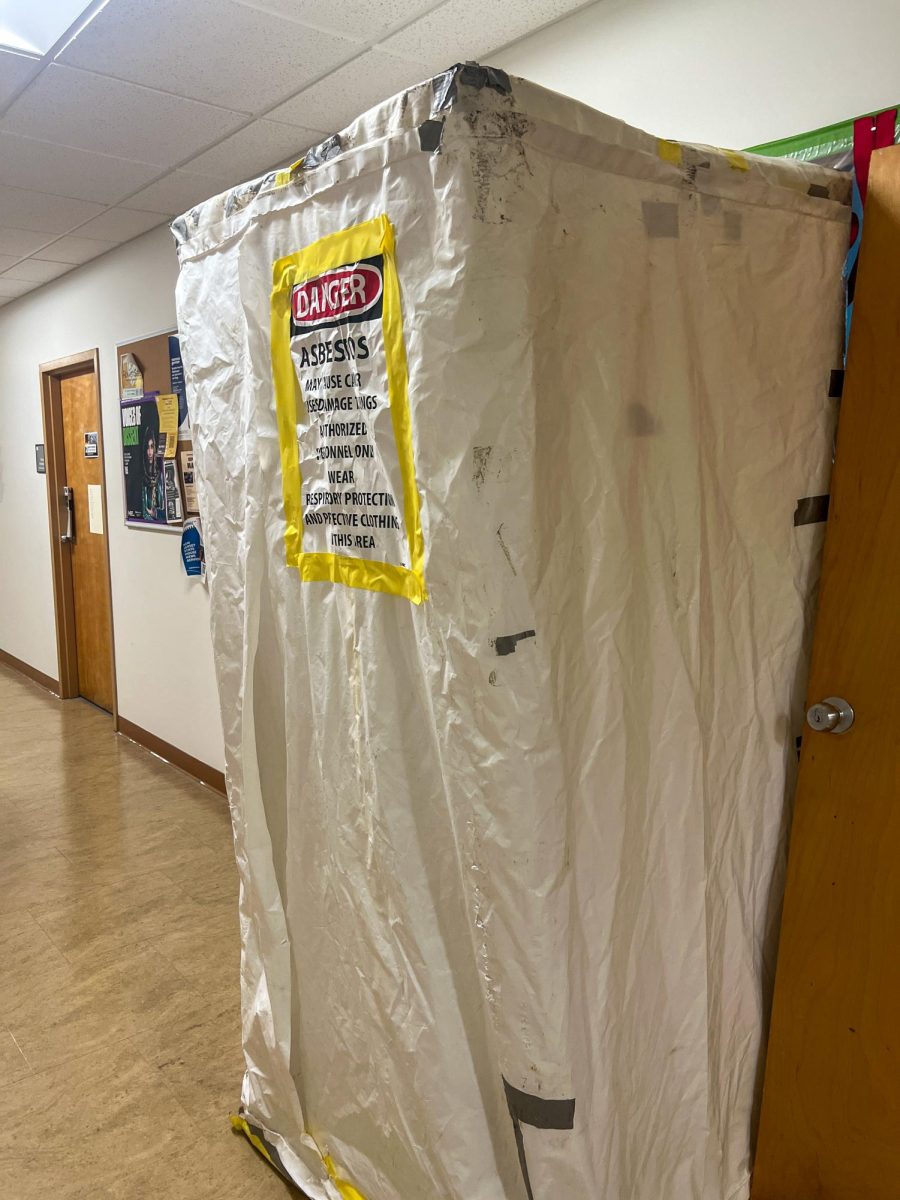This article is part one of a series that The Whit will publish about “The University of the Future.”
Rowan University recently released “The University of the Future,” a 20-page roadmap of the institution’s aspirations moving forward past the pandemic and into the next generation of higher education.
Most notable in the document is Rowan’s mission to become a Mega-University, an institution with a massive online enrollment in addition to a traditional, on-campus college experience.
Rowan’s online arm, Rowan Global, offers academic programs at both the graduate and undergraduate level in partnership with nine of the university’s colleges. However, Rowan wants it to be much more by expanding offerings in workforce development certifications.
According to Provost Anthony Lowman, the emphasis on online enrollment will not damage but further Rowan’s brand, which he describes as high quality, affordable, and experiential education.
“The classroom shapes you, but it’s only a part of your growth. That brand of experiential learning we serve to students will not change because you need that growth. But how do we reach other learners and support them without putting it on the backs of students?” Lowman said. “We need to keep programs affordable, which you can do by expanding online offerings. Not only does it help you generate resources to re-invest back into the institution, but also trains the workforce of the future.”
Rowan Global needs to determine the kind of workforce-related certificates it will offer and how it will help students of all demographics looking for career advancement.
Lowman provided the example of the growing wind energy industry in South Jersey and how Rowan Global could eventually offer engineers a way to get into a fast-growing and geographically relevant field like it.
“We can shift our mode of education to pivot courses towards fields like wind energy if you are an engineer. The way you bring industry to your area is by the workforce,” Lowman said. “Esports is exploding, which I think Atlantic City will play a part in; we need to look at adding that to the portfolio for both traditional and non-traditional learners.”
The recent legalization of cannabis in New Jersey is another example of new workforce development opportunities that Lowman brought up.
“The cannabis industry will range from agriculture, business, law, ethics, chemistry, and psychology. Think of all the areas that industry will touch on; we need to build it into our traditional majors while training a workforce so that New Jersey can be the leader,” Lowman said.
For-profit schools like the University of Phoenix pioneered online education on a massive scale, but with advancements in technology, more and more state schools are adapting to the method like Arizona State University, which offers more than 200 degrees online.
“Arizona State is a lot bigger than us, but they became a true national powerhouse by investing into their main campus infrastructure while building up their online platform,” Lowman said. “They became the workforce driving engine and used it to continue their growth in research.”
Aside from the great opportunities that come from a massive online education, other variables contribute to the new online movement.
According to the National Student Clearing House Research Center, “Overall post-secondary enrollments declined 2.5% in fall 2020, nearly twice the rate of enrollment decline reported in fall 2019.”
Furthermore, the study showed that undergraduate enrollment contributed the most to the decrease, which dropped 3.6 percent or over 560,200 students from 2019.
“There was already going to be a pull to online education with distanced learning,” Lowman said. “The demographics of college-age students is dropping. Nationally that number will drop precipitately from 2025 or so for another couple of years.”
Lowman stated that there is no better time to adapt to the future than now, considering that students and faculty have seen what remote/online learning looks like on a mass scale.
“Even without the pandemic, we would probably still be talking about the ‘University of the Future’ document, but we might be talking about it as being five or seven years away. The pandemic has brought it to tomorrow,” Lowman said.
According to Lowman, expanding remote/online learning will happen without sacrificing traditional student and experiential learning.
“I don’t think we need to sacrifice anything to get there; the whole point of doing this is, so we don’t have to sacrifice,” Lowman said. “If it meant we were going to cut things that we need to do well, our solution would be different than it is now.”
For current Rowan Global students, classes are mostly asynchronous and pre-built before the semester even starts. However, according to Lowman, these classes may look more and more like a new breed of traditional courses.
“I think the traditional students see that there may be more of a place for online learning and mixed modality,” Lowman said. “I believe the Global students will want more than asynchronous courses. I think you will see the two move towards each other, and there will be areas of overlap. What I see is the formats are going to look similar, but Rowan Global courses will be a very applied, skill-based education for pieces that could be stacked together over time for a degree.”
For comments/questions about this story, email [email protected] or tweet @TheWhitOnline.



